Judy Garland later described her mother, Ethel Marion Milne, as a "stage mother — a mean one" who pushed her hard when she was just a child actress.
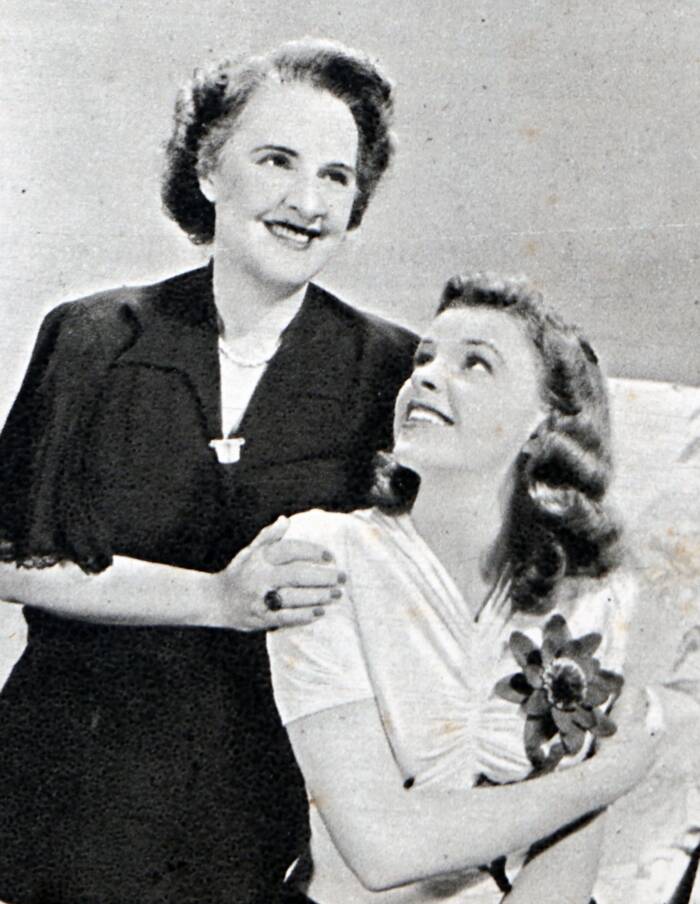
World History Archive/Alamy Stock Photo Judy Garland seated in a photo with her mother, Ethel Marion Milne.
It’s no secret that show business can be a brutal environment, for young girls especially. Child stars are often subjected to harsh treatment, both from those within the industry and those outside it, which can have a major impact on them as they grow up. The recent publication of Nickelodeon actor Jennette McCurdy’s book, I’m Glad My Mom Died, highlighted a major problem for child stars: controlling parents acting as their child’s manager.
McCurdy’s memoir came as a shock — the title alone is certainly eye-catching — but the issue at the heart of her story is hardly a new one. The psychological impact of a controlling “stage parent” and child stardom is a tale as old as Hollywood itself, and there is perhaps no better example of that dynamic than Judy Garland and her mother, Ethel Marion Milne.
Even today, Judy Garland is still considered one of Hollywood’s most iconic stars. Her role as Dorothy in the 1939 movie The Wizard of Oz made her a major celebrity, but the glitz and glamour of her on-screen persona was a smokescreen for the abuse she suffered behind the scenes. When Garland was just 10, her mother started supplying her with “pep pills” to boost her energy during the day and sleeping pills to knock her out at night. Eventually, Milne worked with film studios to control her daughter’s appearance.
The result was that Garland struggled with addiction for the rest of her life, ultimately dying of an overdose in 1969. Evidently, there was a reason she referred to her own mother as “the real Wicked Witch of the West.”
Ethel Marion Milne And Frank Gumm’s Unhappy Life Together
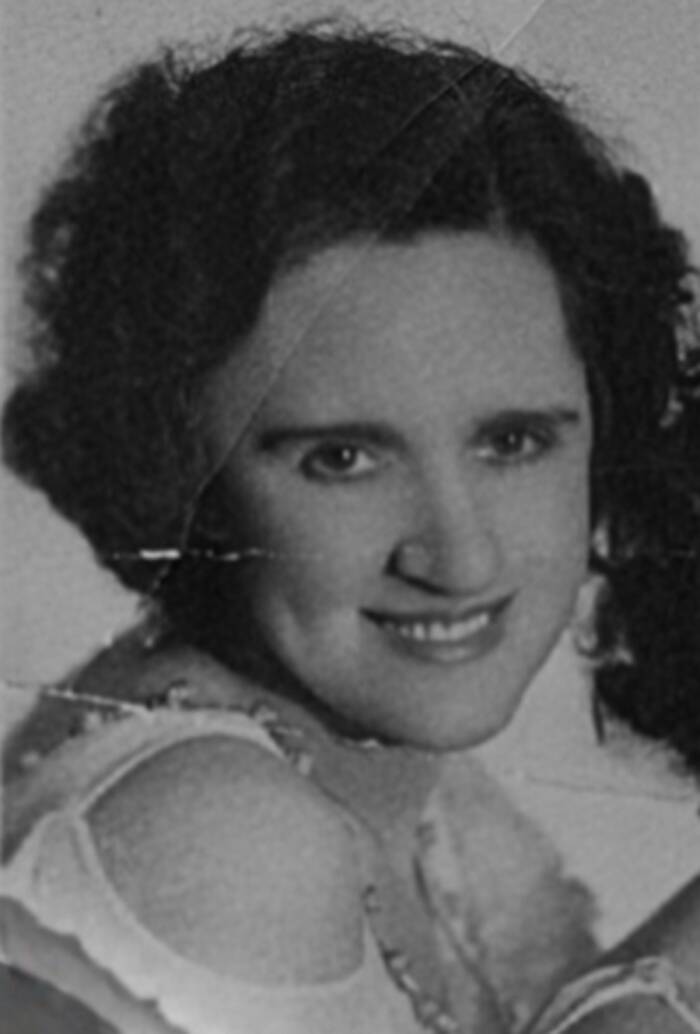
Heritage Auctions/Wikimedia CommonsEthel Marion Milne, pictured in 1930.
Ethel Marion Milne was born on Nov. 6, 1893, in Michigamme, Michigan, to Eva Marion Fitzpatrick and Robert Emmett Milne. Growing up in Superior, Wisconsin, she developed an early interest in vaudeville entertainment, which likely led to her future obsession with performing.
In 1914, she married a vaudevillian and theater manager named Francis “Frank” Gumm. Frank Gumm had lost his mother at a young age and faced poverty, until his godfather, the millionaire George M. Darrow, learned that Frank had incredible vocal talent and helped him earn a choral scholarship. After school, Frank Gumm worked as a court reporter during the day and then at his uncle Walter D. Fox’s theater in the evenings.
Eventually, Frank Gumm began touring with vaudeville shows as a tenor singer, where he met Ethel Marion Milne. The two married in 1914, and they soon moved to Grand Rapids, Minnesota. There, they owned and operated the New Grand Theatre, which helped develop the local art scene. When the couple eventually had their daughters, Mary Jane, Dorothy Virginia, and Frances Ethel Gumm (who would later change her name to Judy Garland), the theater also became a place for the girls to perform.
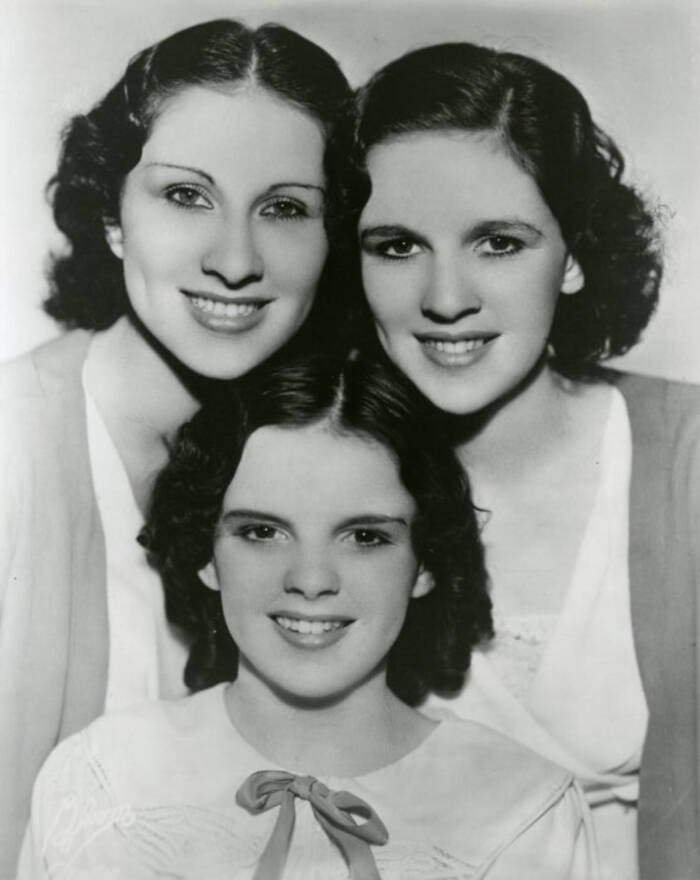
Archive PL/Alamy Stock Photo The Gumm Sisters, from left to right: Mary Jane, Frances Ethel (Judy Garland), and Dorothy Virginia Gumm.
The girls formed a trio of performers known as The Gumm Sisters. Together, Mary Jane, Dorothy Virginia, and Frances Ethel Gumm sang, danced, and entertained on vaudeville stages. Their mother served as their manager, even early on, but things took a turn for the worse when Ethel and Frank separated. According to the Daily Mail, the reason for this was reportedly Frank Gumm’s extramarital affairs with other men and teenage boys.
The split meant that Frank was mostly removed from his daughters’ lives, leaving Ethel in charge of their day-to-day routines and their early careers. However, it was her youngest daughter, who eventually went by the name Judy Garland, that Ethel seemed to hyper-fixate on.
Judy Garland’s Troubled Youth — And Ongoing Issues With Her Mother
In 1926, the Gumm family moved to California, and though the move did little to keep Ethel and Frank’s relationship afloat, it did greatly benefit Judy Garland’s career. Of course, that doesn’t mean things were easy for her.
“As I recall, my parents were separating and getting back together all the time,” Judy Garland later said. “It was very hard for me to understand those things and, of course, I remember clearly the fear I had of those separations.”
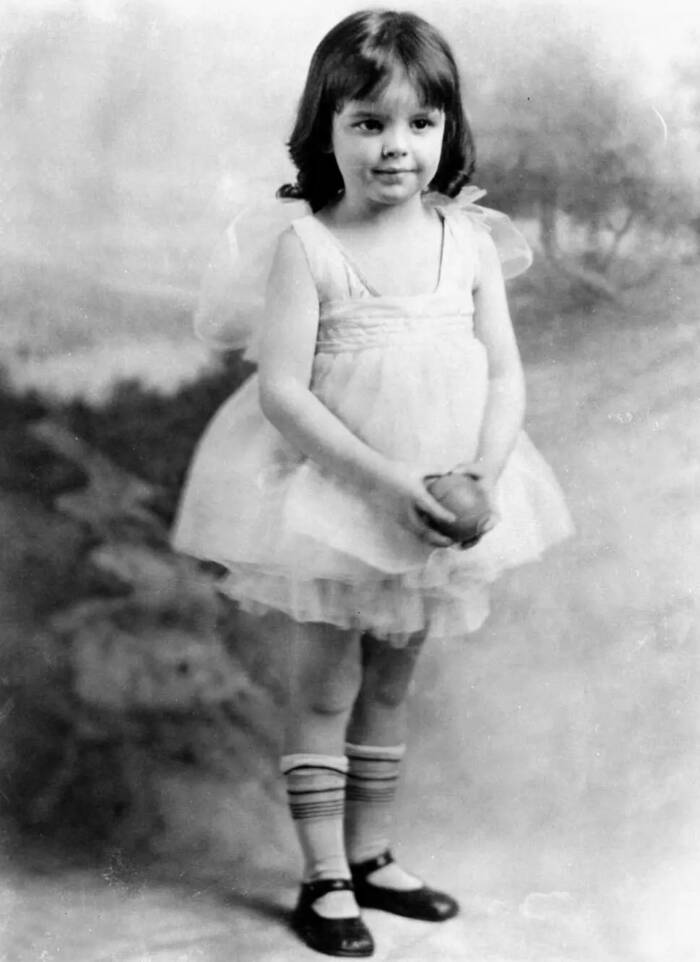
Wikimedia CommonsJudy Garland in costume for one of her first performances.
But with Ethel now the sole supervisor of her daughters’ careers, her own ambition seemed to take priority. She often had the young girls perform at unsavory venues, including clubs that had been raided for illegal gambling, and if any of the girls — Garland in particular — seemed hesitant to perform, Ethel was quick to threaten or deliver harsh punishment.
When Garland was around 10 years old, her mother began supplying her with pills to make her more energetic during the day and fall asleep at night. Eventually, her performances attracted the attention of executives at Metro-Goldwyn-Mayer in 1935, but this hardly made Garland’s life any better.
She was still under her mother’s domineering influence, and being under contract at the studio as well opened her up to criticism from studio head Louis B. Mayer, who referred to Garland as “my little hunchback” due to her short height and her curvature of the spine. The studio also considered her to be overweight and sought to control her diet to keep her “camera slim.”
This obsession over her figure would later influence Garland’s drug addiction, as she often turned to stimulants to keep her weight down.
“Most of her teen and adult life, she had been on either Benzedrine or a diet or both,” Garland’s third husband Sid Luft later wrote in a memoir titled Judy and I: My Life with Judy Garland. “Unlike other actresses, she could not successfully camouflage extra weight, especially because she was dancing and singing in revealing costumes. Just 4 feet 11½ inches, she could be underweight and still appear heavy or out of proportion onscreen.”
The studio’s imposed diet of chicken broth and cottage cheese also directly contrasted with Garland’s preference for hearty meals like spaghetti. Her success with the 1939 movie The Wizard of Oz may have made her a household name, but it didn’t give her any more control over her own life.
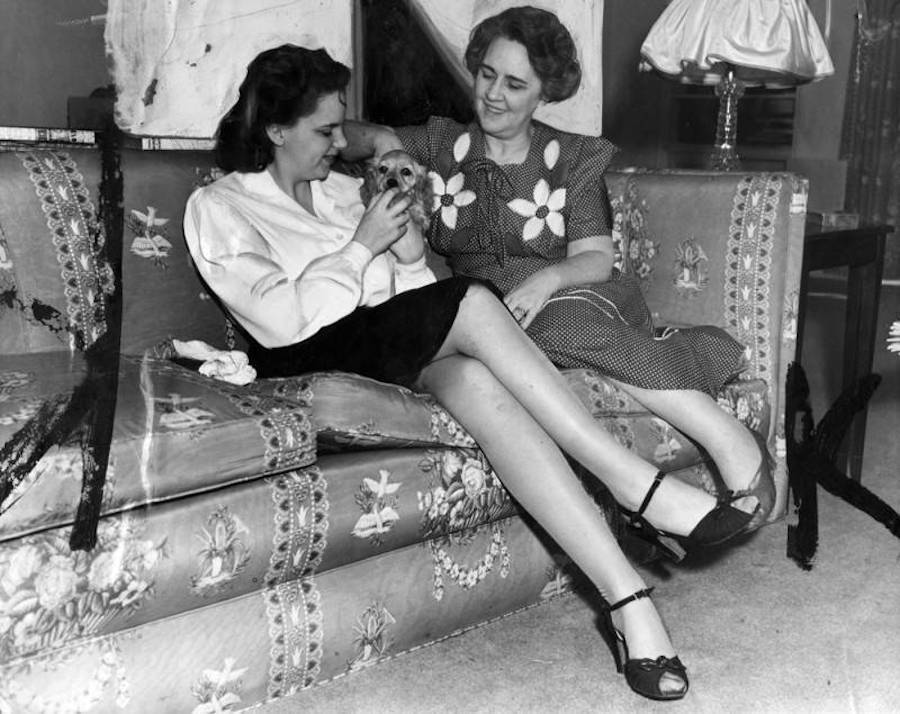
Los Angeles Public Library Judy Garland later revealed that she only felt “wanted” as a young girl when she was performing.
“From the time I was 13, there was a constant struggle between MGM and me — whether or not to eat, how much to eat, what to eat,” she recalled. “I remember this more vividly than anything else about my childhood.”
And her mother Ethel Marion Milne not only let this happen, but encouraged it, hoping to control her daughter’s weight and appearance for the cameras. Garland’s father had died of spinal meningitis in 1935, so his influence was completely gone, and with her mother allegedly on MGM’s payroll, it was the studio’s interests, not Garland’s, that took priority. Garland would often shoot two films simultaneously, sometimes wrapping up her workday at 4 or 5 a.m. The grueling schedule led her to rely more on pills to perform.
Ultimately, the ongoing stress, substance abuse, and depression led to Judy Garland’s tragic death of an accidental barbiturate overdose in 1969.
She was just 47 years old when she perished.
By then, the damage had clearly been done, but she did, at least, spend the last years of her life completely free of her mother’s influence — the woman who she once called “the real Wicked Witch of the West.”
Ethel Marion Milne’s Death In A Parking Lot
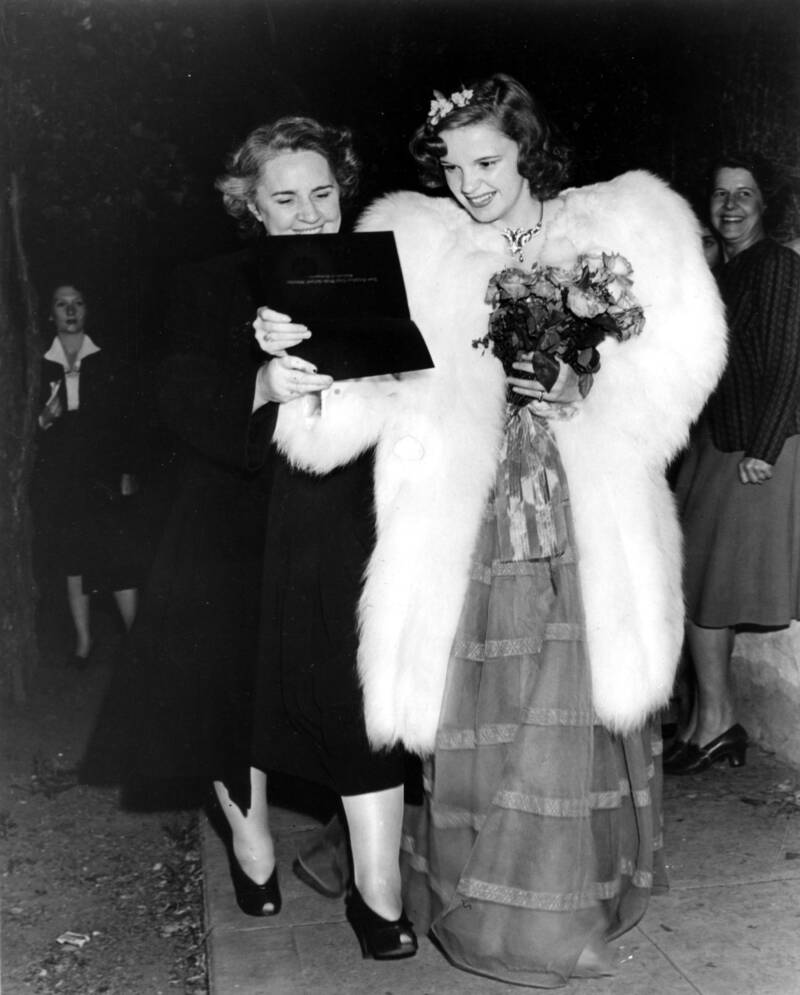
Chronicle/Alamy Stock PhotoJudy Garland and Ethel Marion Milne at the premiere of The Wizard of Oz.
On Jan. 5, 1953, Judy Garland’s mother was found dead in the Douglas Aircraft Company parking lot in Santa Monica, California.
Ethel Milne Gilmore — she had remarried after Frank’s death, and Garland reportedly hated her mother’s new husband — had apparently suffered a heart attack while on her way to work. She was 59 years old.
By then, she was estranged from her most famous daughter, though she had reportedly just spent the holidays with her daughter Dorothy Virginia.
It’s not surprising that Garland had eventually cut ties with her mother, though. Not only was Garland dealing with her own personal issues and tumultuous relationships, but she also made it clear that she never felt a lot of love from her mother, at one point saying, “The only time I felt wanted when I was a kid was when I was on stage, performing.”
Ethel Milne Gilmore hadn’t just been indifferent to the abuse her daughter suffered, she was complicit in it. And Judy Garland never forgot it.
After reading about Judy Garland’s mother, learn about nine famous deaths that shocked Old Hollywood. Then, take a look back at nine vintage Hollywood scandals that revealed Tinseltown’s ugly side.





